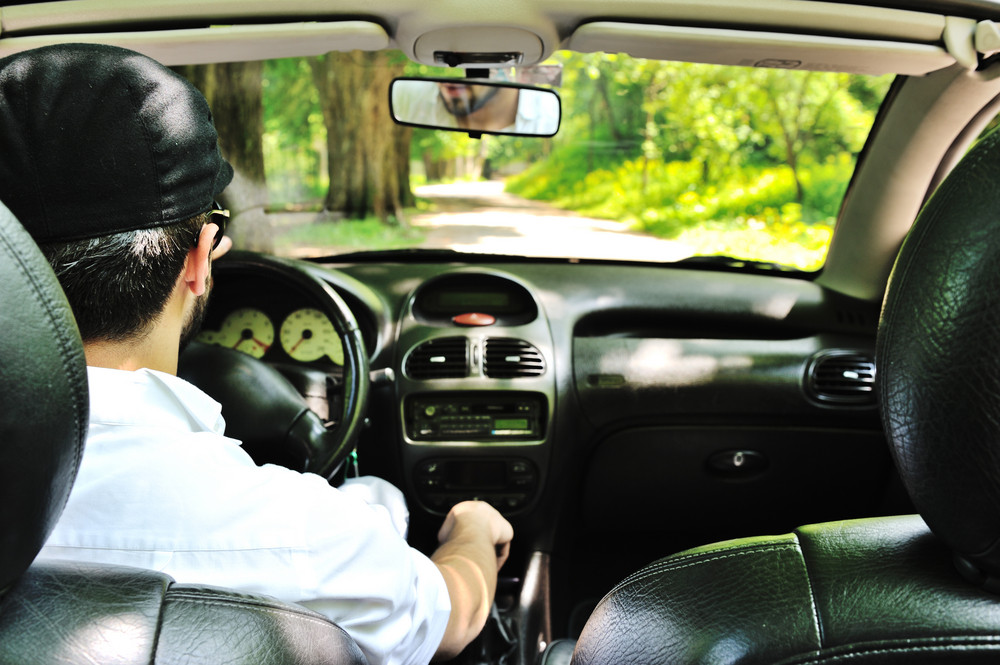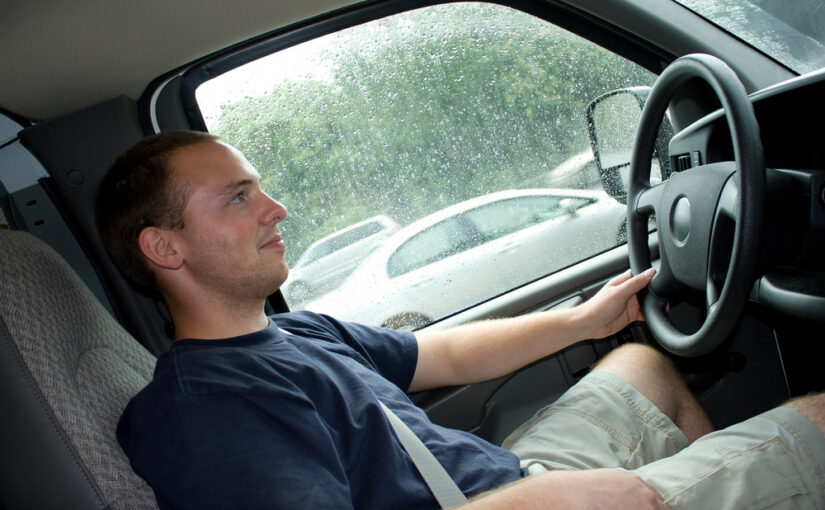Towing is not always straightforward. According to a Knott Laboratory study on commercial vehicle towing incidents, a 35-mph crosswind can exert up to 3,440 pounds of strain on the side of a large trailer. Let’s have a look at some tips for towing in this new year.
Weight Distribution
Maintaining adequate weight distribution is a simple method to make towing easier and safer. It’s preferable to carry the heaviest stuff in the front, securing it with rope or bungee cords so it doesn’t shift while driving. Smaller cargo should fill in the gaps. The cargo’s center of gravity should be low, with 60% of its weight in front. The trailer’s sides should also be balanced to prevent the risk of it flipping.
Brake Synchronization
A brake system that works synchronously with the tow vehicle’s lighting is called for. A separate braking system is required by most state legislatures. So the tow vehicle doesn’t have to perform all the work when braking.
In the event that the cargo brakes fail, the additional weight of the load makes a collision even more perilous. It’s advisable to use the brake gently rather than hard to avoid excessive wear.
Keep it Slow
When towing, speed is the last thing you want to experience. The faster you travel with a towed car, the riskier it becomes. Increasing your speed increases trailer sway and makes it difficult to stop quickly without fishtailing or flipping. Speed also makes traffic maneuvering a challenge. Slowing down is the right approach to ensure towing safety.
The Correct Hitch
There are two kinds of hitches: weight-carrying and weight-distributing. Weight-carrying hitches are advised for journeys weighing less than 3,500 pounds (1,588 kilograms). For larger weights, weight-distributing hitches are recommended.
The tongue weight, the downward pressure the tongue produces on the hitch ball, can become excessively heavy. This causes the tow vehicle and trailer to sag, giving the appearance of a broad V. A weight-distributing hitch redistributes the tongue weight to the tow vehicle and trailer axles, keeping both vehicles level.
Vehicle towing needs to be approached scientifically. Correct weight distribution, brake synchronization, slow speed, and using the correct hitch are all important tips to consider for towing safety. For your towing safety, ensure you contact the right specialists for the right equipment.
Hayes Towing Electronics Products are Proudly Made in the U.S.A.






